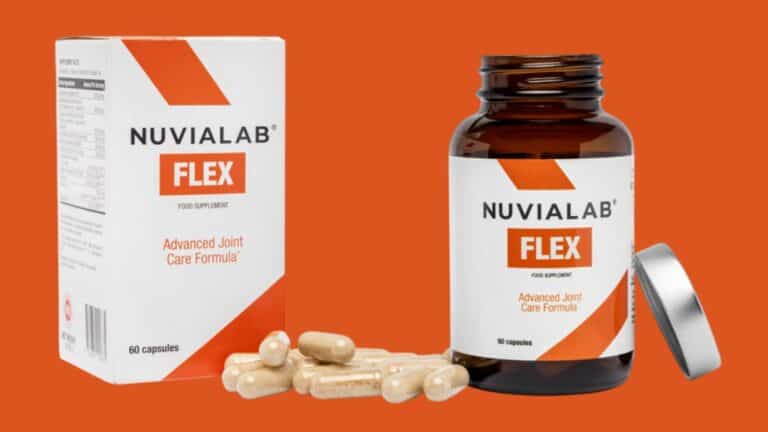Achieving well-defined abs is a common fitness goal, yet many struggle to see results despite consistent workouts. Understanding why ab workouts may not be effective can help refine strategies for better progress. Several key factors influence abdominal development, including diet, exercise execution, workout variety, and consistency. By addressing these issues, it’s possible to maximize efforts and achieve visible results.
Nutrition: The Foundation of Visible Abs
No amount of exercise will reveal defined abs if diet is not properly managed. Abdominal muscles become visible only when body fat is low enough to expose them. This means that nutrition plays a critical role in achieving a lean physique.
To support ab development, it’s essential to track food intake and maintain a calorie deficit. Consuming whole foods, lean proteins, healthy fats, and complex carbohydrates can fuel workouts while promoting fat loss. Avoiding excessive processed foods and sugars also helps maintain a lower body fat percentage. Using food tracking apps or consulting a nutrition coach can provide further guidance and accountability.
Engaging the Core Effectively
Many individuals perform ab exercises incorrectly, using momentum instead of engaging their core muscles. Rushing through movements reduces effectiveness and shifts focus away from the intended muscles.
To correct this, slowing down and focusing on proper form is crucial. Actively contracting the core during each exercise ensures the right muscles are engaged. Whether performing planks, crunches, or leg raises, maintaining tension in the abdominal muscles will lead to better results.
Incorporating Variety in Workouts
Repeating the same exercises limits progress and fails to target all areas of the core. The core consists of multiple muscle groups, including the rectus abdominis, obliques, and transverse abdominis, all of which require varied stimulation.
To address this, incorporating a range of exercises can enhance overall core development. Movements like Russian twists, mountain climbers, and hanging leg raises target different areas of the core. A well-rounded workout routine engages all core muscles, leading to balanced strength and definition.
Quality Over Quantity
Performing hundreds of crunches will not necessarily lead to a six-pack. Excessive repetitions with poor form can cause muscle imbalances and increase the risk of injury. The quality of each movement matters more than the number of reps.
A more effective approach involves focusing on controlled, high-intensity repetitions. Instead of doing large numbers of crunches, performing a smaller number of slow, controlled reps with proper engagement can yield better results. Adding resistance with weights or bands can further challenge the muscles without requiring excessive repetitions.
Utilizing Compound Movements
Many believe that direct ab exercises, such as crunches and sit-ups, are the only way to strengthen the core. However, compound movements, which engage multiple muscle groups, can be even more effective in developing core strength.
Exercises like squats, deadlifts, overhead presses, and kettlebell swings require core stabilization, making them powerful tools for ab development. Including these movements in a workout routine not only strengthens the core but also improves overall functional fitness.
Consistency and Patience
Expecting immediate results from ab workouts is unrealistic. Even with a solid workout plan and proper nutrition, achieving visible abs takes time. Inconsistency in training and diet can slow progress significantly.
To see results, maintaining a regular workout schedule and sticking to a structured plan is essential. Training the core two to three times per week, alongside full-body workouts, helps maintain progress. Consistency in both exercise and nutrition is the key to long-term success.
Prioritizing Recovery
Overtraining can hinder progress rather than accelerate it. Like any other muscle group, the core requires adequate recovery to grow stronger. Skipping rest days can lead to fatigue and decreased performance.
To optimize recovery, incorporating rest days and focusing on quality sleep, hydration, and stretching is essential. Proper recovery allows muscles to repair and adapt, leading to more effective results.
Conclusion
Achieving visible abs is not solely about performing endless crunches. A combination of proper nutrition, focused exercise execution, workout variety, and consistency is required. By making strategic adjustments and prioritizing recovery, significant progress can be made toward developing a strong and defined core.







